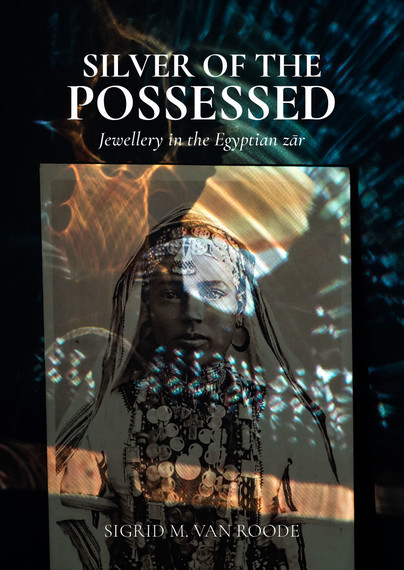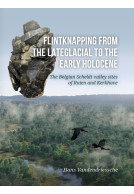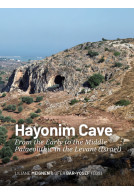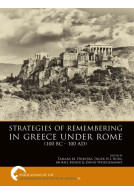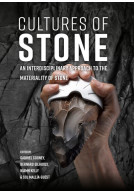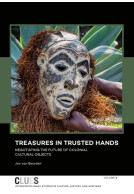Silver of the Possessed (Hardback)
Jewellery in the Egyptian zār
Pages: 212
Illustrations: 155fc / 7bw
ISBN: 9789464280739
Published: 27th June 2024
Casemate UK Academic
(click here for international delivery rates)
Order within the next 14 minutes to get your order processed the next working day!
Need a currency converter? Check XE.com for live rates
In the 19th century an African possession cult called zār arrived in Egypt and became hugely popular. Jewellery formed an integral part of this cult, and silver pendants with images of spirits started to appear in the early 20th century. And there is more: zār also used beaded jewellery as well as a wide range of other jewels.
Currently, jewellery items with spirit images are sought-after collectors’ items, present in collections of both private collectors and museums. These collections also hold a wide variety of other pieces called ‘zār jewellery’, and many jewellery pieces labelled ‘zār’ are available online. But what is ‘zār jewellery’, exactly?
With collectors, curators, historians and ethnographers in mind, Silver of the Possessed places jewellery of the Egyptian zār in its cultural and historical context. A catalogue of previously unpublished jewellery in private collections illustrates the changes in this jewellery over the course of nearly a century, while the book itself addresses Egyptian zār jewellery from multiple angles.
First, it analyses how our current understanding of this jewellery has evolved through collecting and publishing. Examining its cultural background in African possession cults results in a new insight of the many roles jewellery played in zār, observing jewellery as a financial asset allows us to grasp its implications for household economy dynamics, while looking at jewellery in a diachronic perspective may even reveal changes in the ritual itself. Finally, this study explores its potential as an actual historic source: these jewellery items shed light on the world view of their wearers, and as such form an unexpected additional source for late 19th and early 20th century Egypt.







